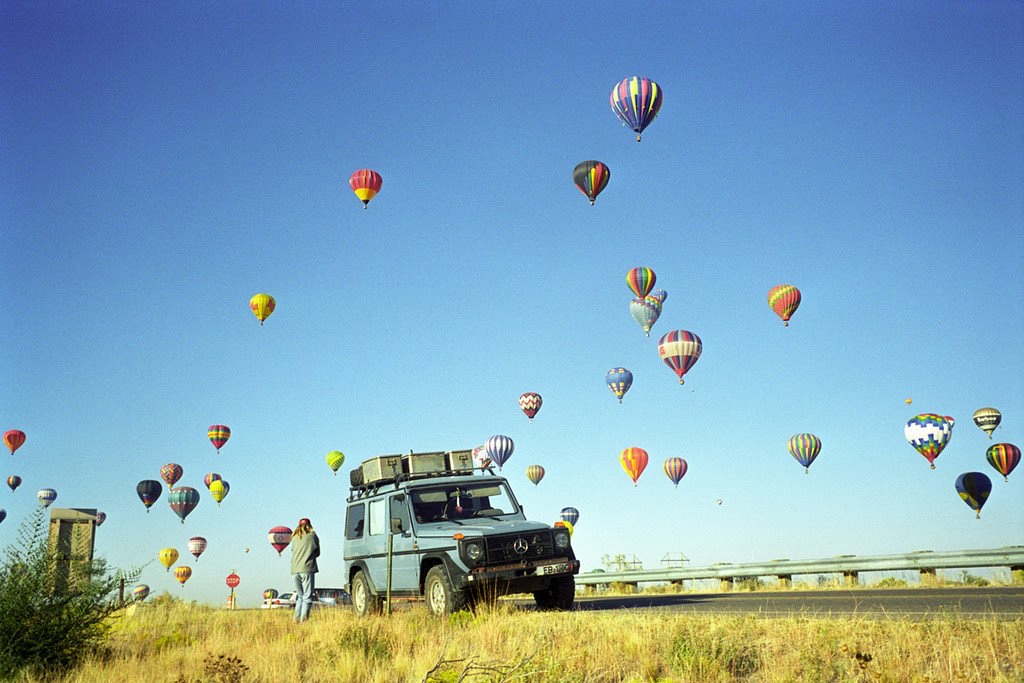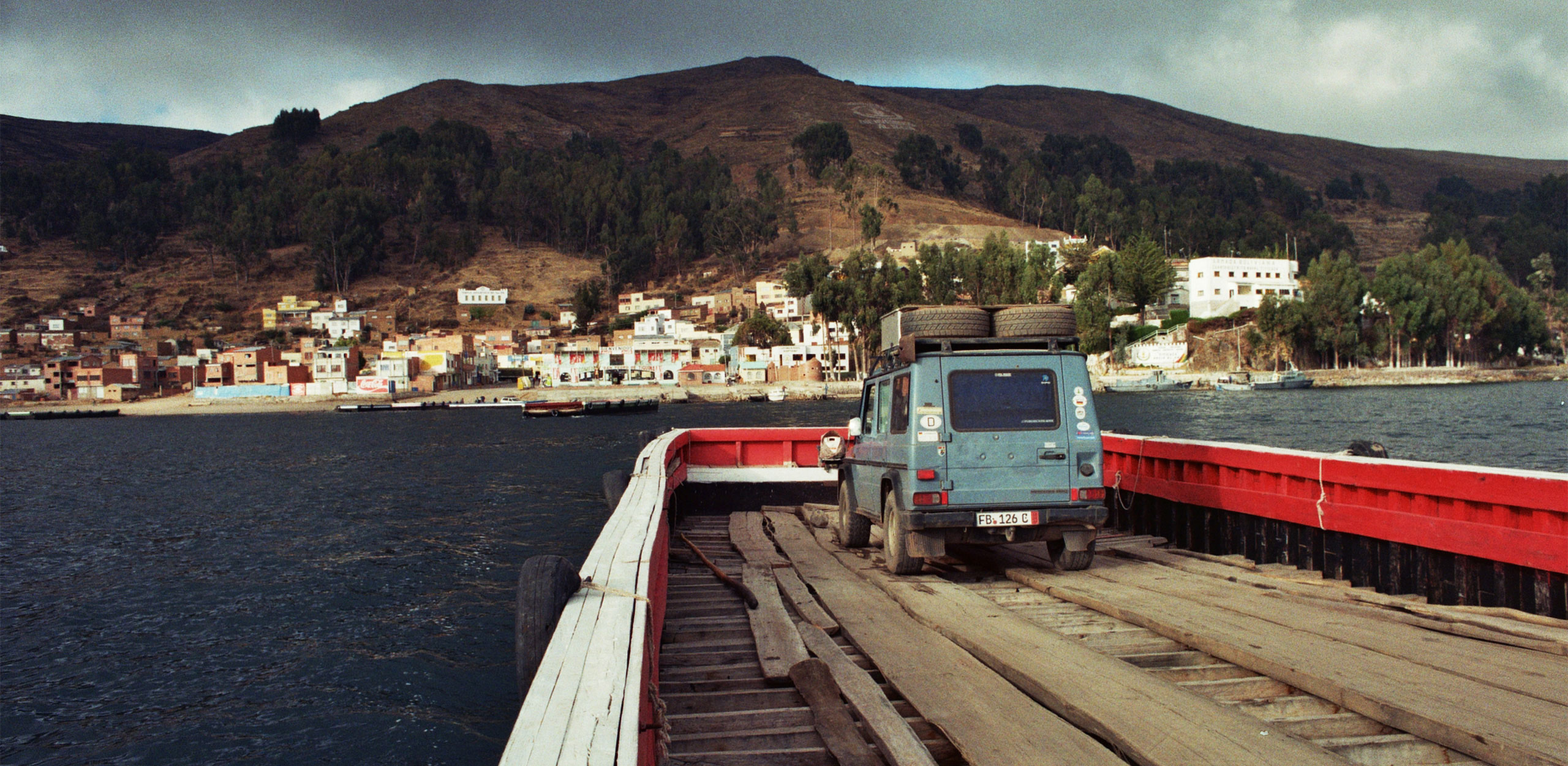
Throughout history, the role of the traveller within society was to educate and inspire the masses with tales of adventure and exploration. From the likes of Marco Polo to Christopher Columbus, great travellers have made their mark upon our collective consciousness.
Yet one of the greatest explorers of all time, and one that is still alive today, is not a household name. You probably have never heard of Gunther Holtorf, and in an era where technology is increasingly an indispensable part of our lives and knowledge, generally, is a click away, it is unbelievable that the Holtorfs are still unknown. This is even more true when one reads the bare statistics of their accomplishments: 23 years travelling, over 830,000 km driven, 200 countries visited and all in one car with incredibly, no breakdowns. What is more, they have done all this without any form of sponsorship and Gunther continues this voyage today.
Gunther and Christine Holtorf left Germany on December 1988 in a Mercedes G Class Wagon with the goal of driving the length of Africa and back. They finished a test drive of the car in East Africa in 5 months, and in late 1990 began the trip in Earnest, leaving from France and spending the next 5 years cross-circumventing Africa. At some point, standing on the South African shores, staring at the dark blue meeting point of the Atlantic and Pacific Oceans, an idea occurred to them…
…why not just keep going?
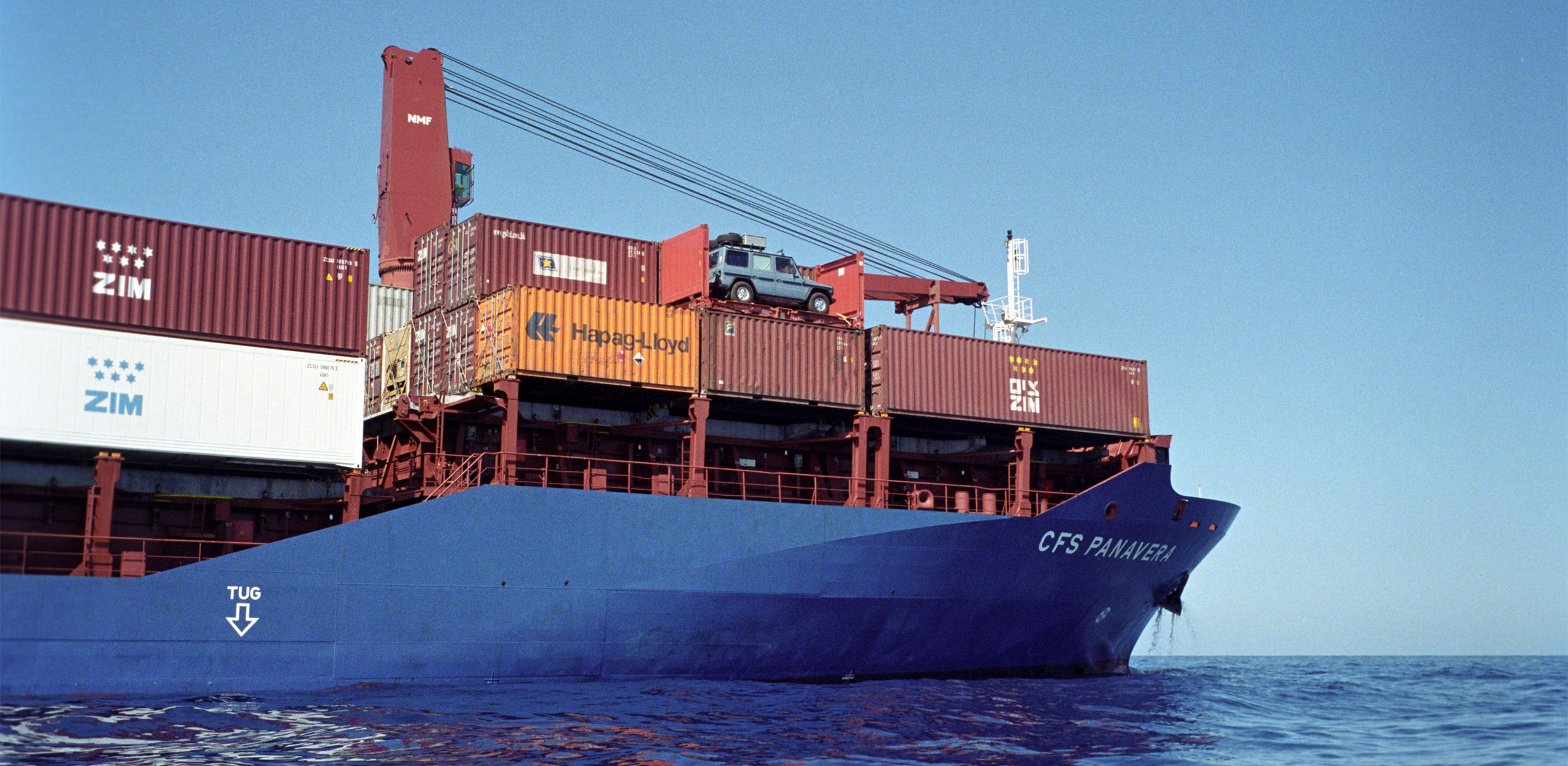
From this idea spawned one of the greatest expeditions of modern times. No other car has ever visited so many countries, earning Otto(how Gunther calls his G-wagon) a spot in the Guinness book of world records. During this epic journey, Gunther and Christine chalked up a lot of “firsts”-they became the first with a foreign car ever admitted to North Korea and Cuba and the first to be shipped into many of the Caribbean islands. They are also the first to cross Guyana in a car, the first foreign car admitted after 20 years of closure in Ethiopia, the first to drive the entire length of the Trans-Amazonian highway, all the way down to three-country corner, and the list goes on.
“We didn’t know what we accomplished until 2007. Before then we kept a hand-drawn map and only guessed at the number of countries we had visited.” Gunther reminisces, “when we sat down and added up all the places we had been to, we were just as astounded as anyone else.” Now Gunther travels with a properly printed map delineating his globetrotting route. But other than the map, there is little else Gunther carries with him during his journey.
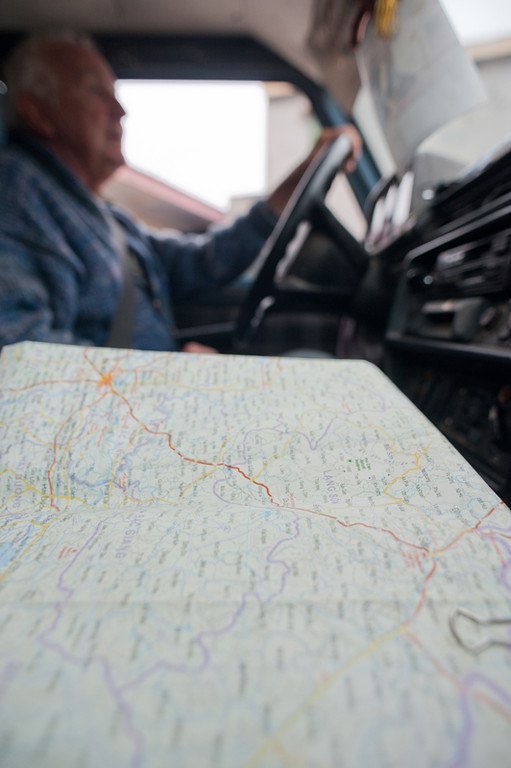
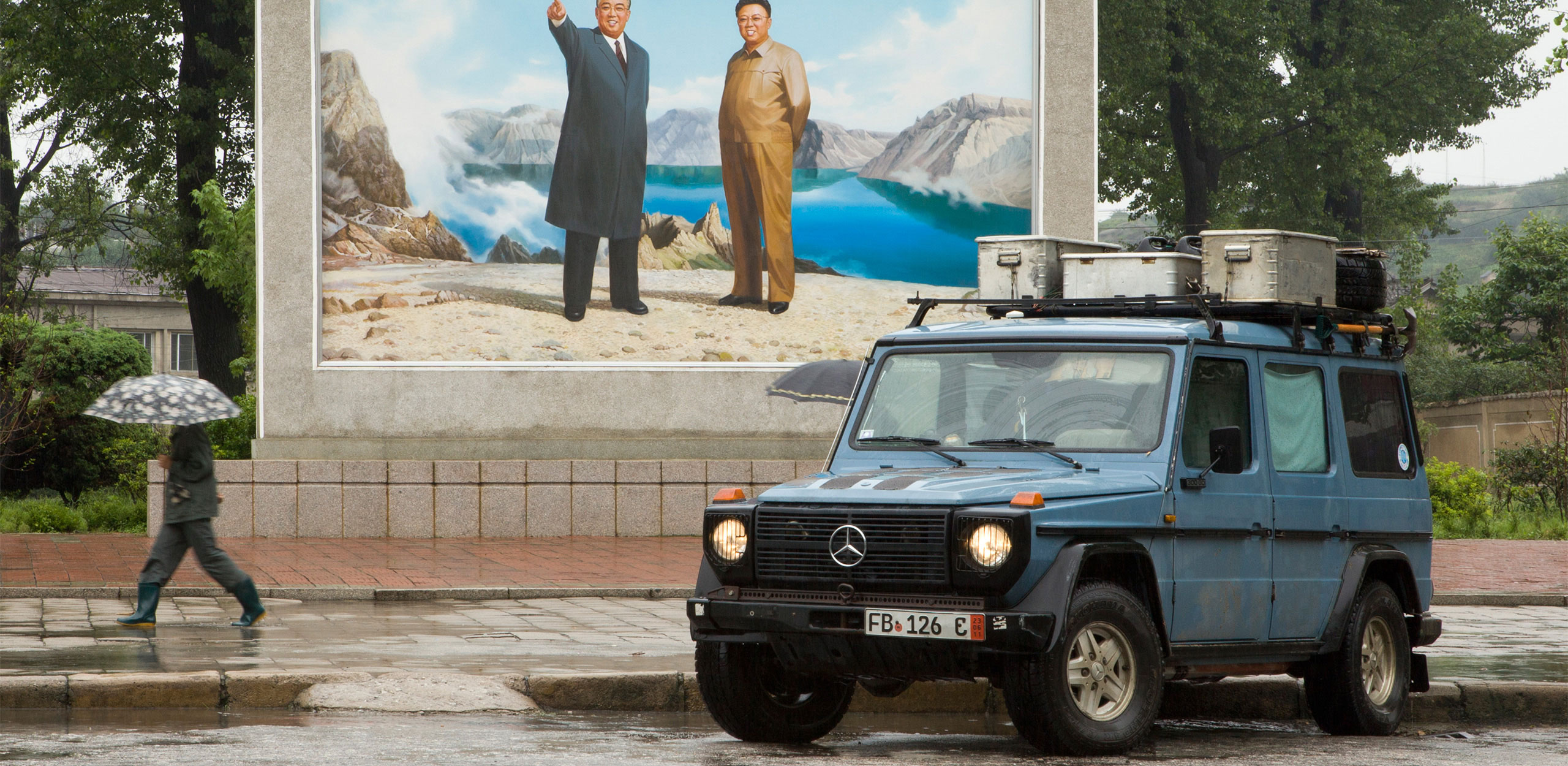
He carries no mobile phone, laptop or digital camera (preferring his two fifty-year-old film Leicas), and has no facebook, twitter or blog for people to follow. Gunther’s strict avoidance of technology comes from a deep sense to be out of the public spotlight. This is also true of his decision to reject any kind of sponsorship. It may seem odd not to draw attention to his record-breaking journey, but as he states, “A lot of places we have travelled to are not the safest ones and in every country, there are always a number of not-so-nice people. So if we arrived with media-fare and gave daily updates as to where we would be, then I believe the likelihood of us avoiding violence, as we have done so far, would have been nil.”
Travelling the world over hasn’t necessarily left Gunther with a rosy outlook about the Earth, and if anything, he has become more opinionated. “When we left, our only goal was to see as much of the world as possible. Quickly, we realized the more you have seen the more you realize how little you have seen,” Gunther says, “but in many ways we have been lucky to see some places before tourism ruined them.” Gunther remains a staunch opponent of commercial tourism-something he believes has destroyed the beauty and magic of many of the world’s most historical natural and man-made destinations. “The world has gotten smaller,” Gunther continues, “now anyone use the Internet to book a ticket for a small adventure through a tour company, and in a week’s time be there and have all their needs taken care of. What I did is going to places that did not even have maps. I had to make my own! Our route was created from the knowledge of local people we met. People today can look at a website and read about what’s on the other side of the world and that’s enough. They think they’ve been there.”
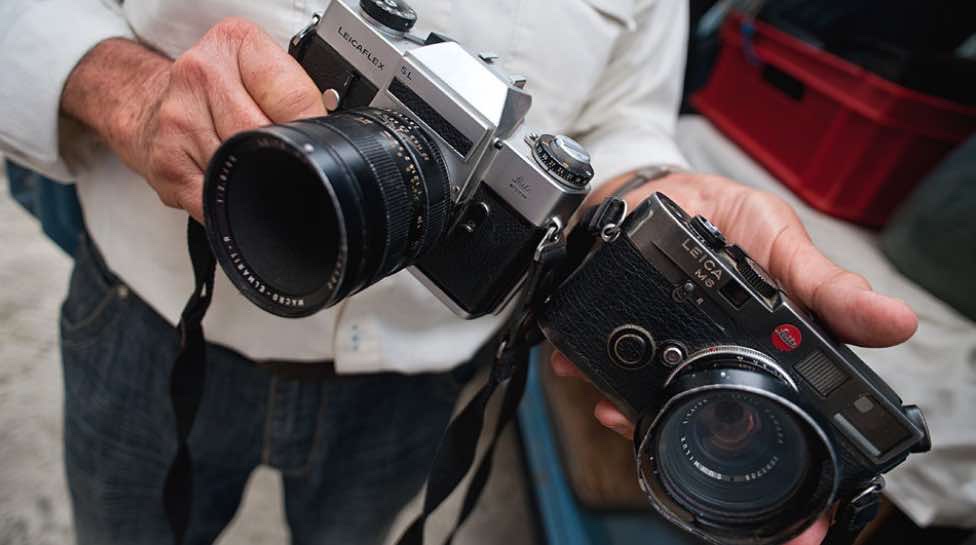
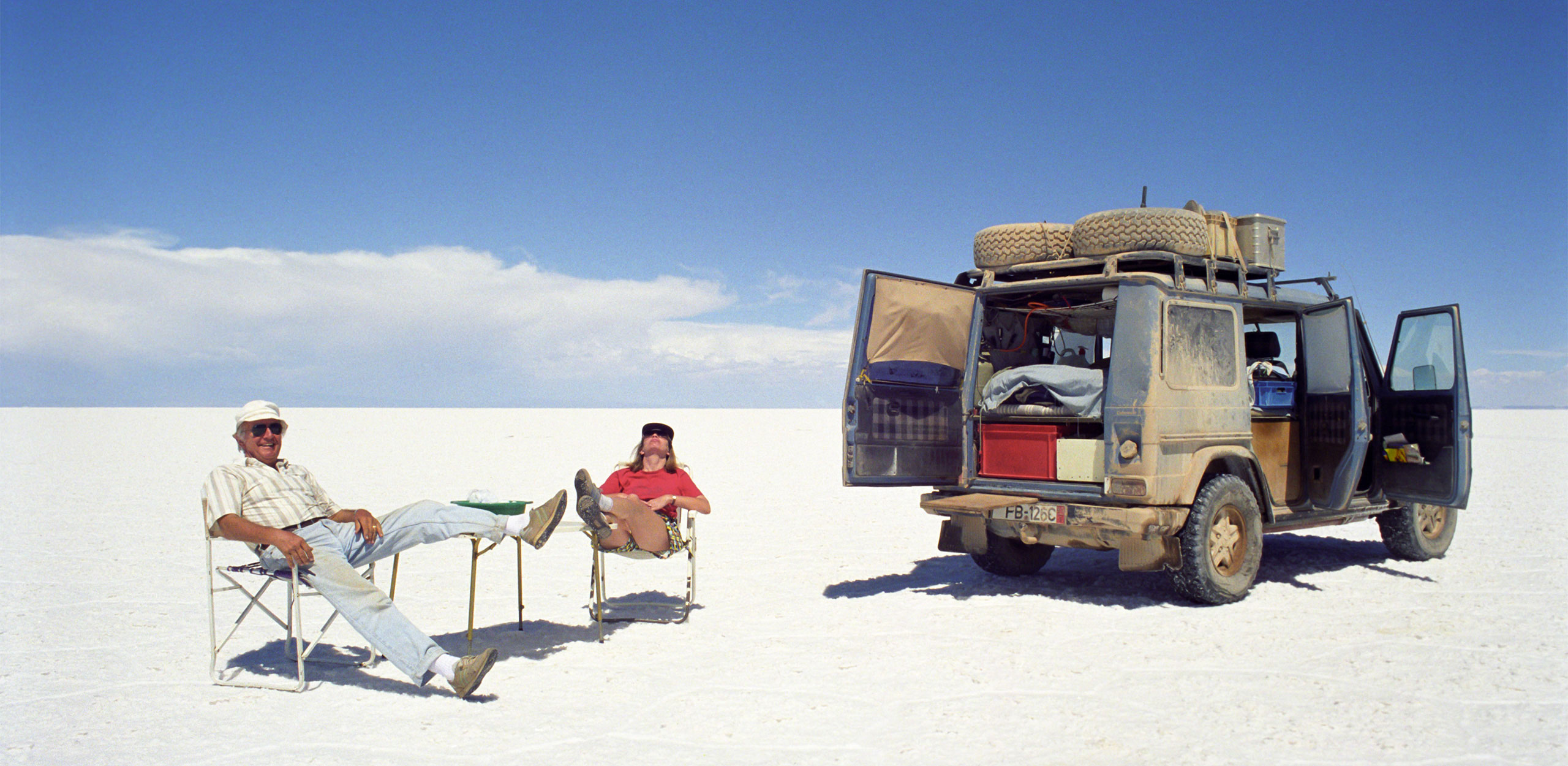
Like any literary epic, Gunther’s has not been without tragedy and heartache. After battling cancer for 7 years, Christine passed away in 2011. “It was hard, incredibly hard,” Gunther admits, “but before her death, she asked me to complete the tour on her behalf. She always wanted to see Otto finally resigning in the Mercedes-Benz Museum.” Gunther’s son came to spend time with him after Christine’s passing, travelling in Otto through China, North Korea and the South Pacific.
Despite his outspoken thoughts on some subjects, Gunther remains a humble and lively spirit, and he is very much looking forward to settling down upon the completion of his expedition in mid 2013. Otto will be retired in Mercedes-Benz Museum and Gunther is hoping to relax by a small lake near his house in Germany. After 24 years, it will be a rest well deserved – and although Gunther will be done with travelling the world over, the world should not so easily forget him and his accomplishments. The Holtorfs story is one that should be preserved and retold for generations to come. Great adventures do not come often, and on our ever-shrinking globe, the breed may very well die out completely.
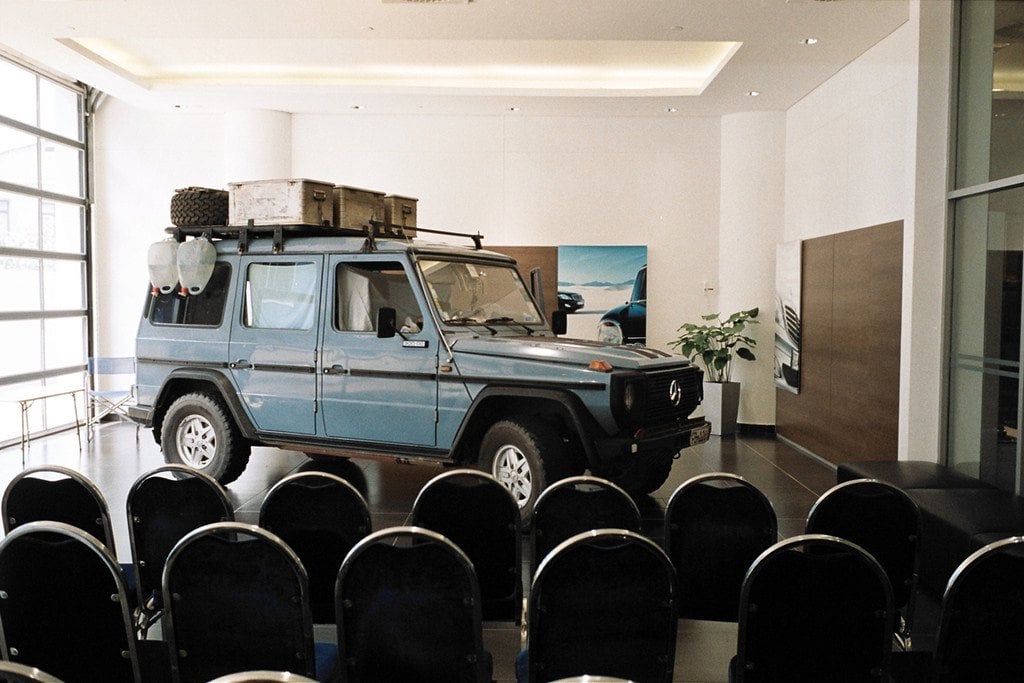
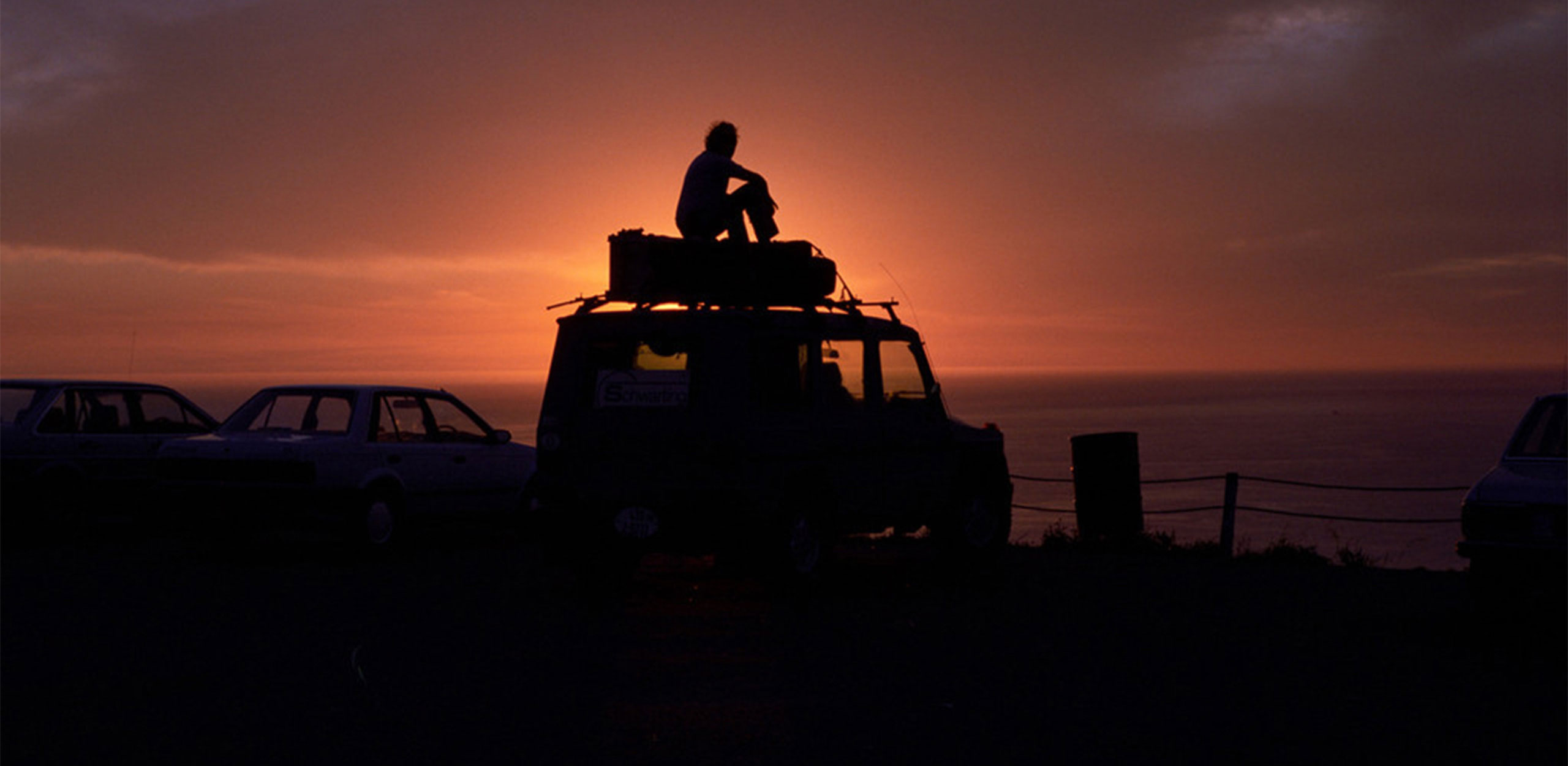
Yes, I lived there from 1963 to 1970. Well, I actually edited and published the first ever, comprehensive book on the British Crown Colony, a 200 pages coffee table book printed in English, German and Japanese, etc. The Hong Kong Government used it as an official Government present. Last year I visited Hong Kong with Otto and continued to Macau. This was the first foreign registered vehicle permitted to enter that ex-Portuguese colony.
By far it’s the nature. Nature will never cease to amaze me; it’s just incredible to behold the Earth’s formations and animal-life. People do as well, but what I have noticed over the years is that with our now “global” world, we are all becoming the same. The world’s distinct cultures are slowly becoming a universal one.
Indeed there are so many – but two that I often talk about are when we were in Sudan and we drove the car to one of the ancient Nubian pyramid sites – camping there overnight. There was no one else, just us, falling asleep in this rarely visited spot. They are beautiful and were largely unknown. We felt like we were going back in time. Also when we were in Bolivia and visited the Salar de Uyuni, we actually spent a whole week in the middle of the salt lake and no one else showed up. It’s a freeing experience to be alone in one of the natural wonders of the world.
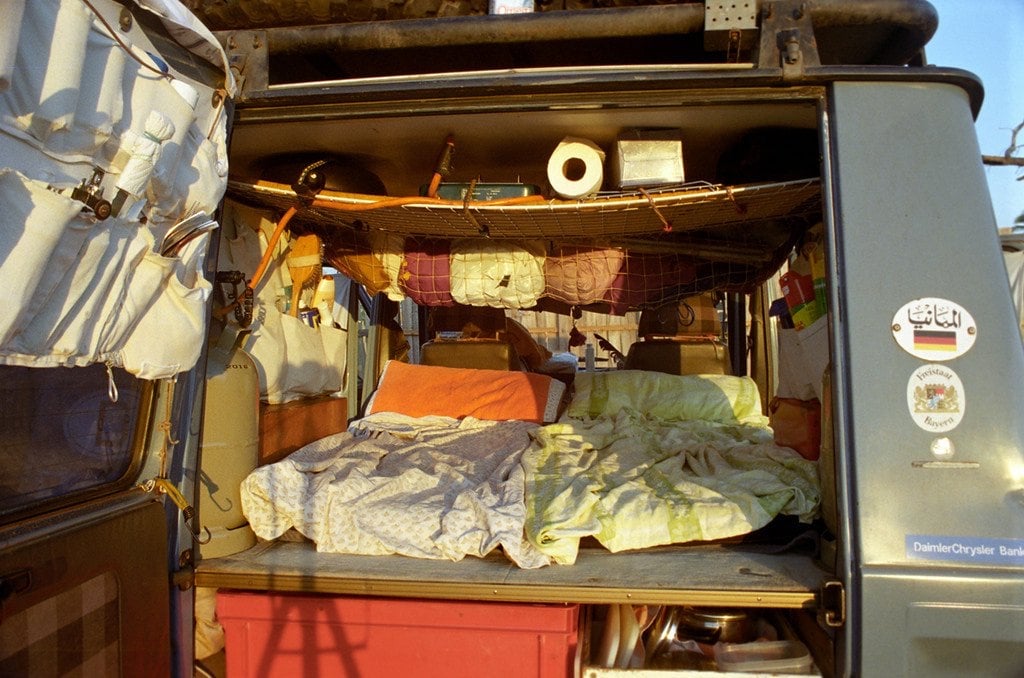
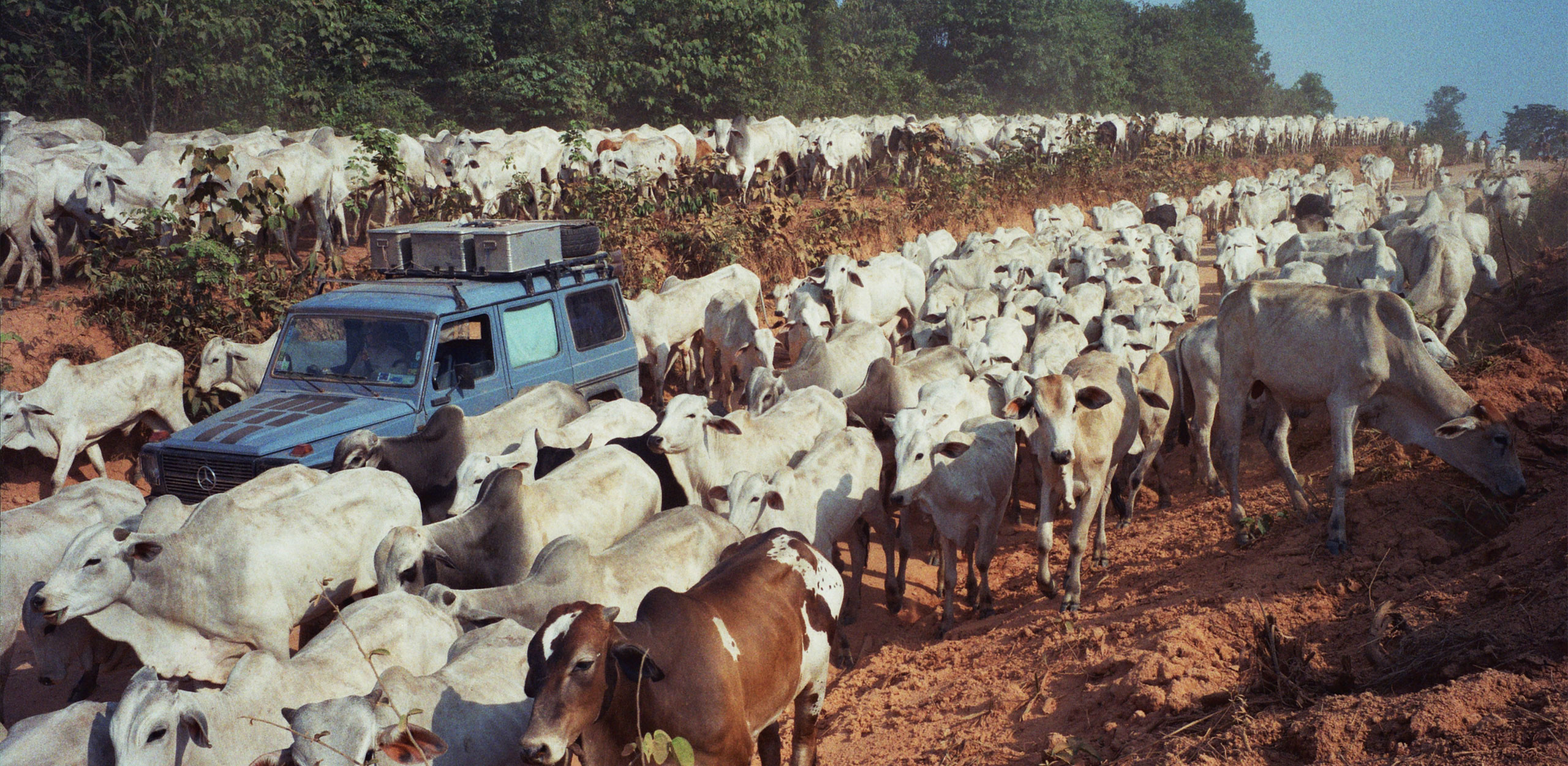
Honestly, I don’t feel like I have done anything special – I am not even sure people care about what Otto has done. It was a dream of mine and of my late wife’s, and I will see it through to its conclusion. I feel a sense of accomplishment, but what I have done, it feels normal, natural. I don’t consider what myself a hero or anything.
The car is great. I can truly say that Otto has been the biggest part of the journey. Everytime when I open and shut the doors, they click and lock just like they did when I first bought it. The engine has never been better. It’s a testament to the engineering and build quality of the automobile.
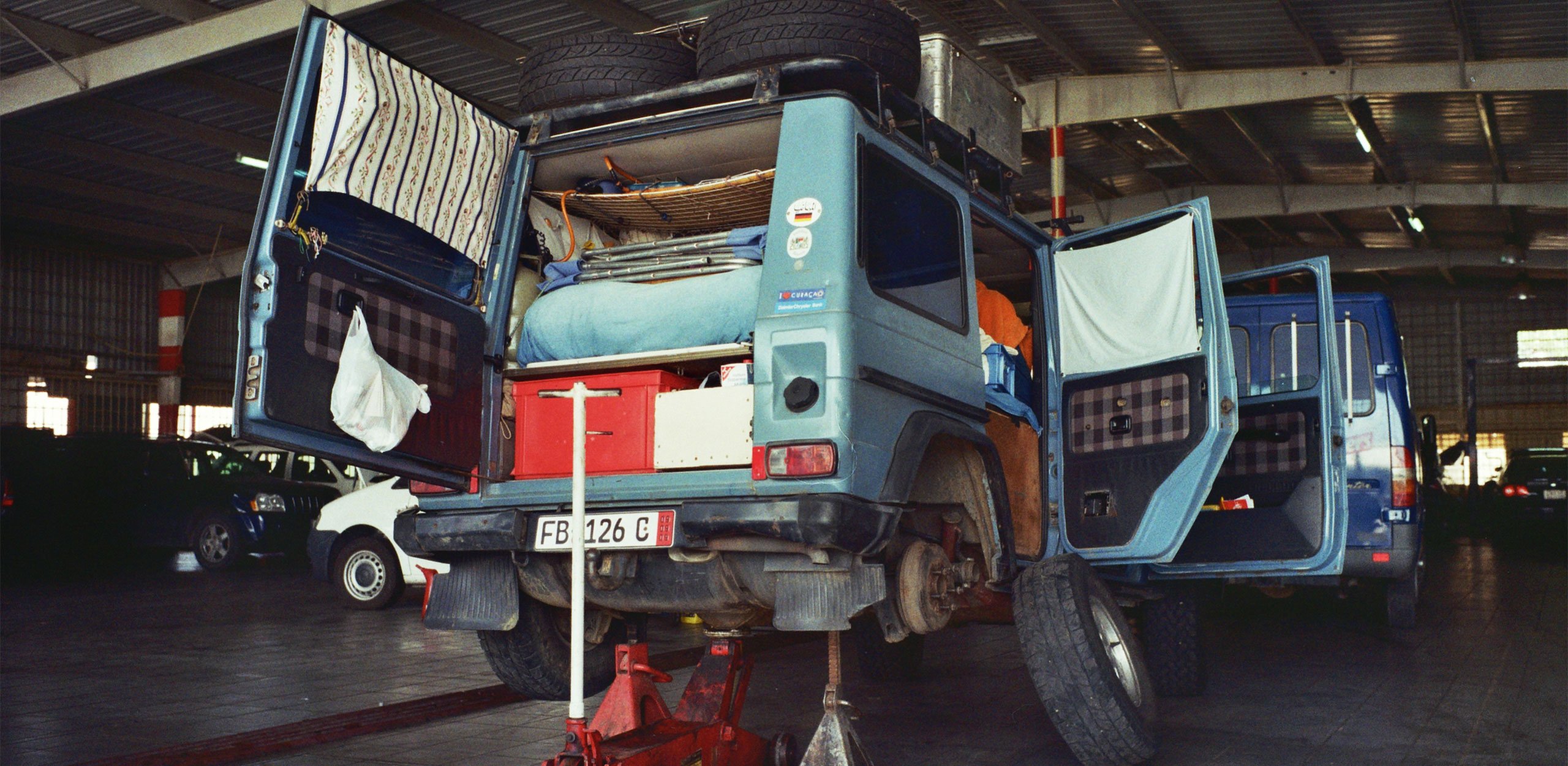
Well, let me just say that the car is running like wristwatch and is taken care of by myself all times with aircraft-like preventive maintenance. I change all parts before they reach the end of their life – this ensures trouble free operation. Inside I carry some 400 different spare parts and all tools and I have the knowledge on how to use them.
Still waiting to hear back from Burma – which I am very excited about, if it happens, then into West Africa then home and finished!
